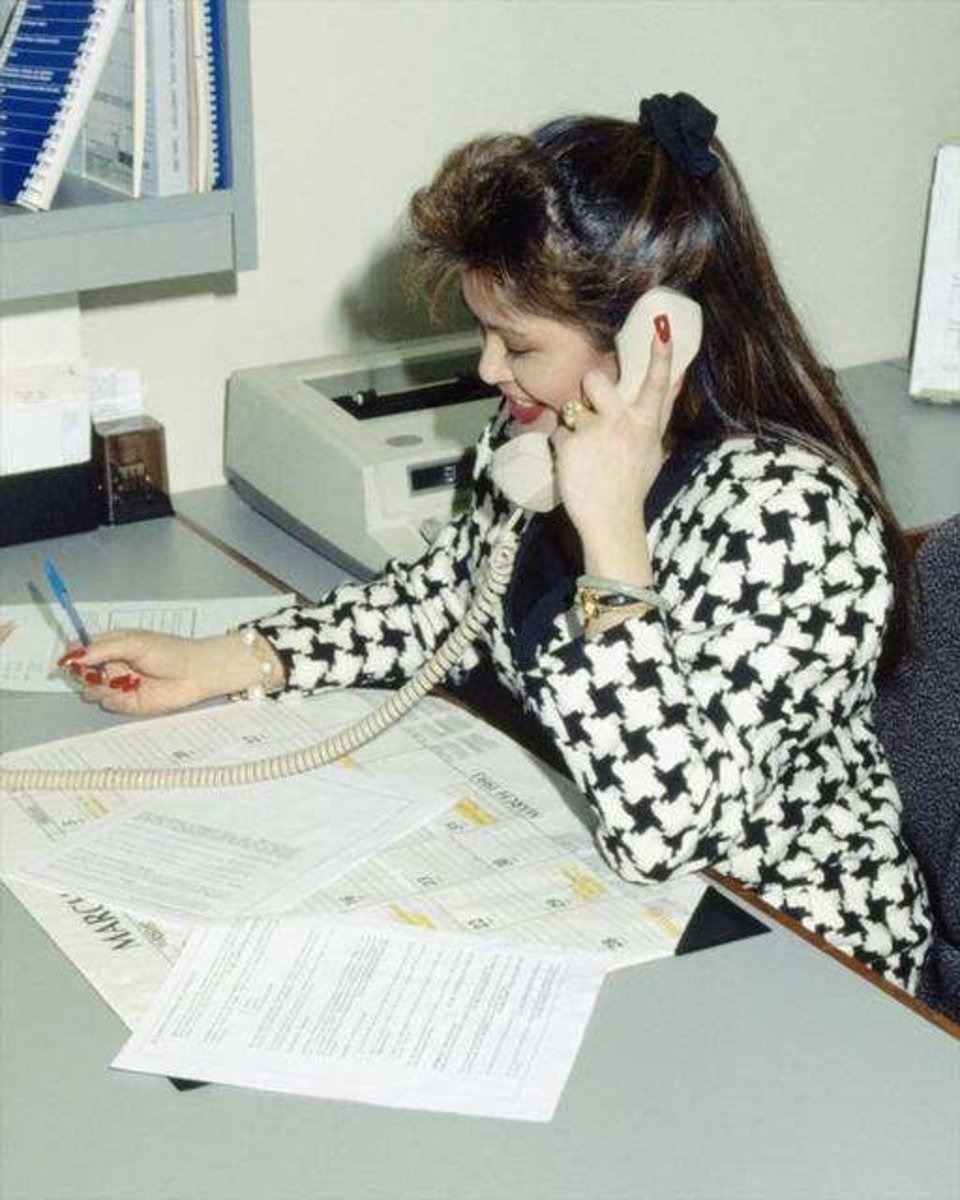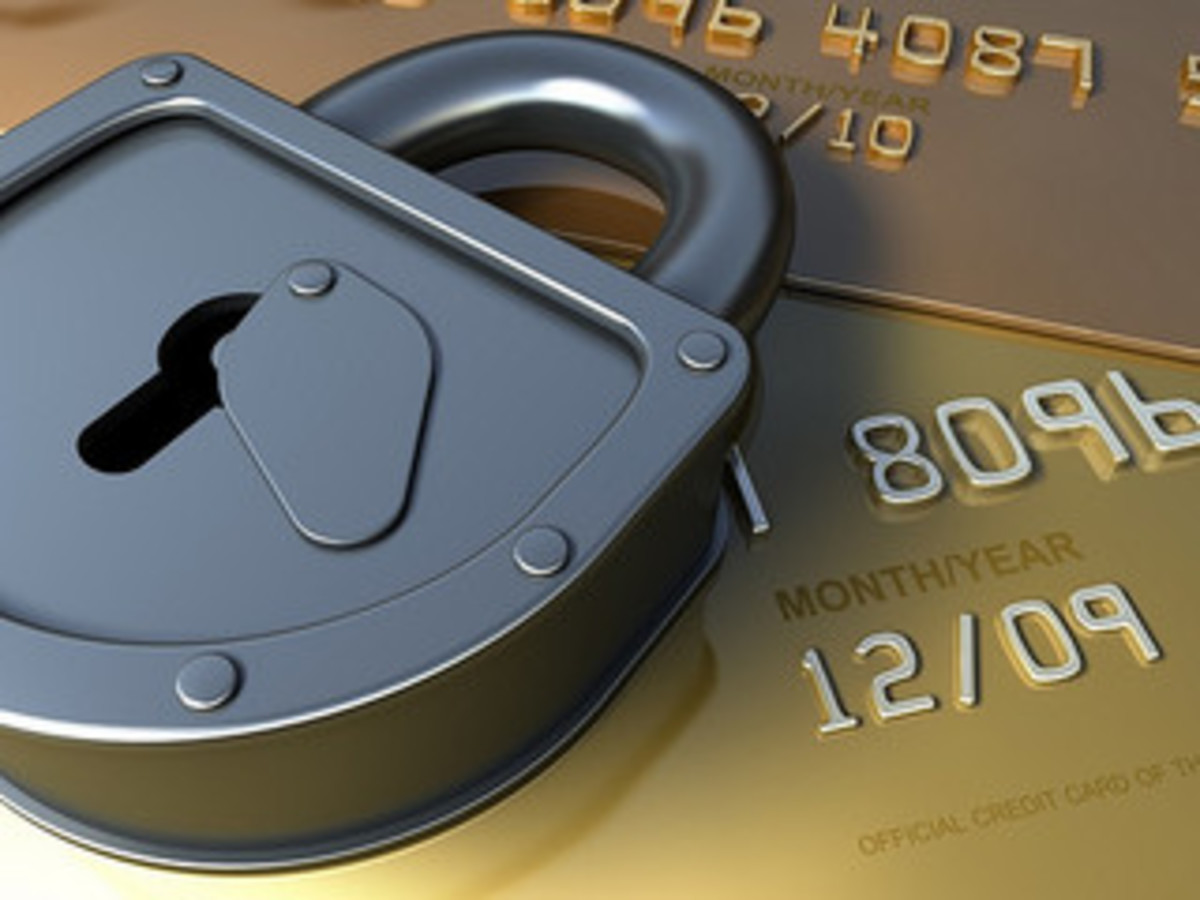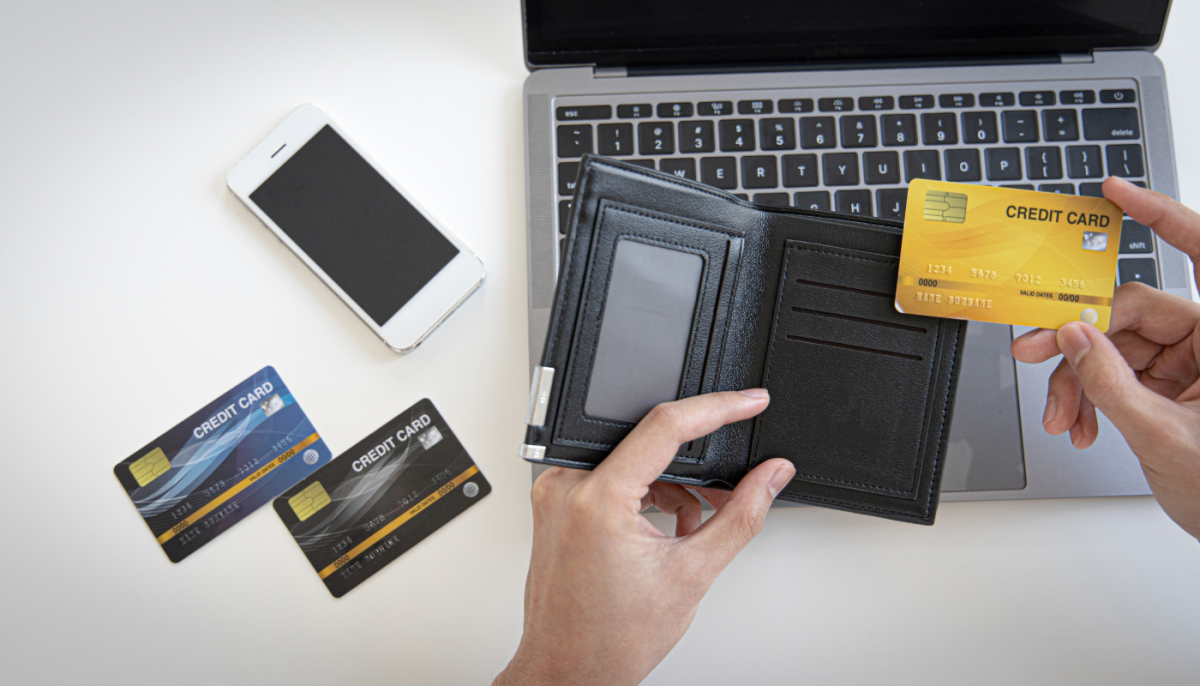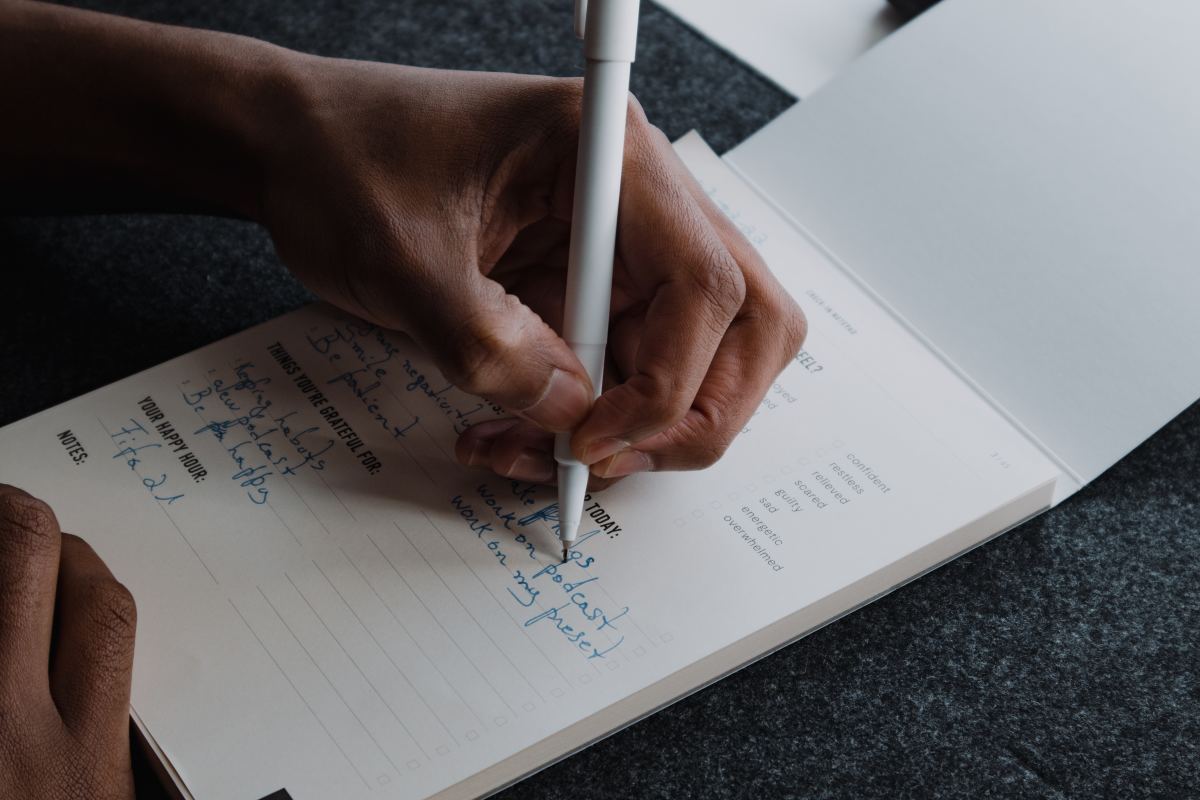How to Write a Check - Easy Steps
How to Write a Check
Do you need to know how to write a check? Writing a check is a pretty easy task once you get the hang of it. The history of the writing checks stems back to the ninth century; however, this order of payment option became popular with use in the twentieth century. By the twentieth century, most checks were able to be processed very quickly through automation and leaped ahead in popularity of paying with cash. Even though debit and credit cards are becoming much more popular than the use of checks, this form of money transfer is still a primary use for the paying of goods and services through out the world. Thus, it is still essential that individuals know the proper way on how to write a check.
Trivia: Did you know that the Romans are thought to be the first to use checks? In other parts of the world, check is spelled cheque or checque.
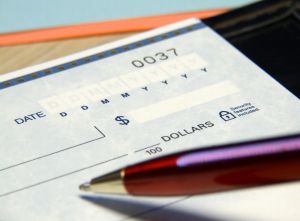
(1). Familiarize Yourself with the Areas on a Check
There are several different areas or fields in which you have to fill out so that a check will be accepted. The first area on a check is the date field that is located at the top right hand corner. The purpose of the date field is to help you and your bank keep proper banking records. It is also included because checks are only valid for a certain amount of days from the date on the check and if they aren’t cashed then they become void. Find the “Pay to the Order of:” field. This is where you will write the business or person’s name to whom you are making the check out to. Next to the “Pay to the Order of:” area is a rectangular box with a dollar sign. The rectangular box with the dollar sign is where you write the amount out in numbers. Underneath the “Pay to the Order of:” is a long line. On this long line you must write out the amount in word form instead of numbers. Locate the “memo” field in the bottom left hand corner. The “memo” field is not mandatory; however, you should exercise using it to help you keep track of goods and services that you have purchased. In the “memo” field you simply write what the check is for. In the bottom right hand corner is another horizontal line. This is where you will sign the check for authorization of deduction from your banking account.
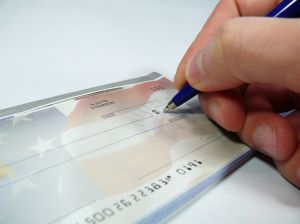
(2). Writing Out Your Check
Fill out the appropriate areas after you have become familiar with each field. When you fill out the number value in the rectangular box with the dollar sign, write as closely as you can to the left side of the box. It is important that you do this to avoid a dishonest person from adding an extra number in front of your check value. Write a line after the numerical amount to prevent others from adding extra 0s or other numbers to the amount too. Use this example when writing out the number form in words on the line: One hundred and thirty seven dollars and 72/100, which would be of the amount of $137.72 in a numerical value. If you have space after writing out the amount, draw a line from where you left off so that it appears like this: One hundred thirty seven dollars and 72/100---------. This is also to help prevent dishonest individuals from crossing your amount out and writing a different amount in. With the rise in identity theft and other dishonest practices, you must take extra precautions.
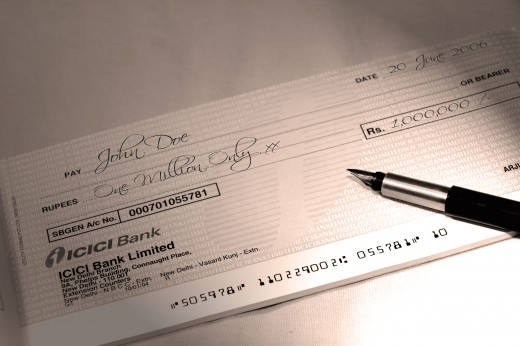
(3). Fix Your Mistakes after Writing a Check
If you make a small error for the amount or on any other field, you can simply cross it out and write above the correction above the mistake. Write your initials next to the correction and circle it. If the mistake makes the check difficult to read, cross out the entire check and write VOID in large letters. Use a paper shredder or a pair of scissors and cut the check up into very small pieces and burn it to prevent check theft. Banks prefer that you just write a fresh check out instead; however, this practice will work if you are short on checks.
Finding the Routing Number and Bank Account Number on a Check Illustration
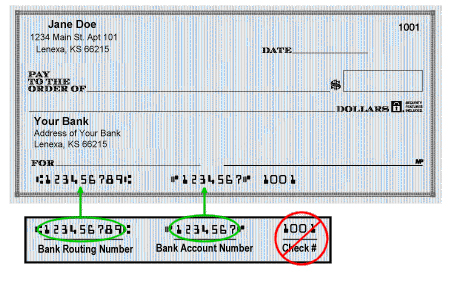
Finding Your Account Number and the Banks Routing Number
Occasionally, you will need to know what your account number is, as well as your banks routing number for making transactions over the telephone or to authorize automatic deductions from your checking account to pay for goods and billing services. To find your account and banks routing numbers, locate two separate long strings of numbers at the bottom of the check. The first set of numbers on the bottom left hand corner is the bank routing number. The other set of numbers that is centered on the bottom of the check is your account number with your bank. Use the picture in this section if you have difficulty finding the routing or account numbers.
How to Write a Check Video for Your Ease
Warnings for Check Users
* Never use pencils, markers, or crayons to write a check. Always use a black or blue ink pen.
* Make sure that your check has the correct date and information. If you goof on the date then it may not be accepted.
* Check your monthly statements from the bank that come via postal mail. Look over the statements and call your bank immediately if you notice information that you believe is incorrect. If you fail to do this immediately, the bank may not fix a mistake in your favor. It is your responsibility to keep track of your finances.



